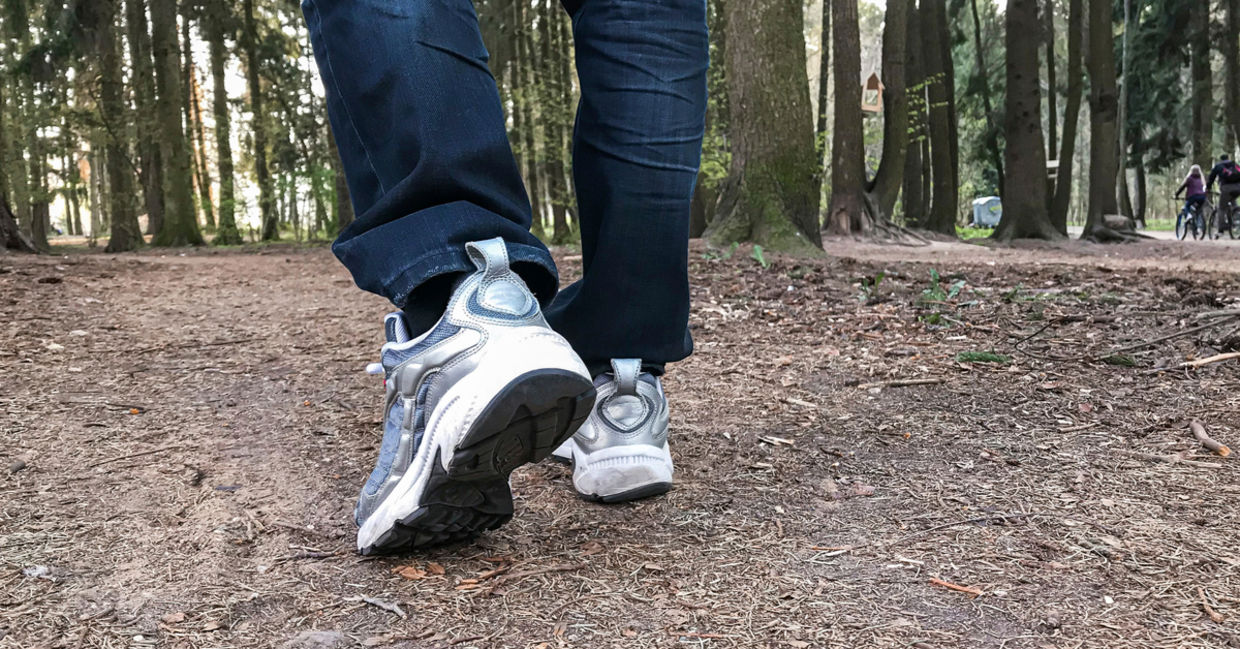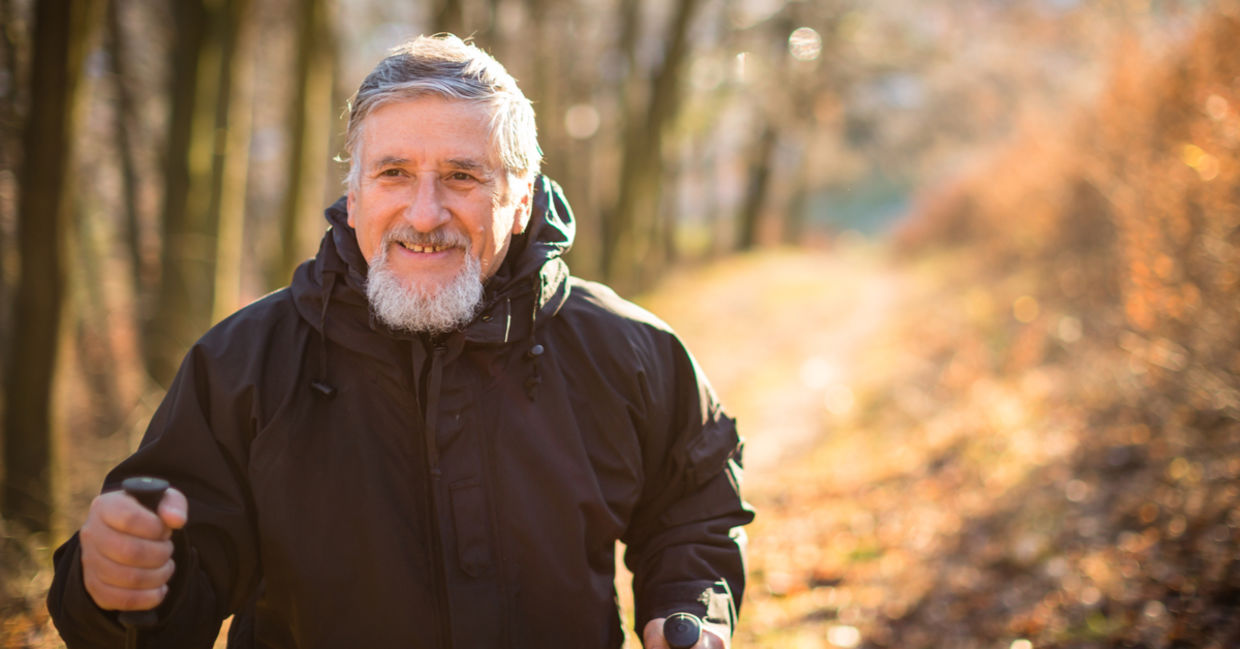
(Warunya Ngamcharoen / Shutterstock.com)
After settling in North America approximately 10,000 years ago, Indigenous peoples developed health practices which helped them maintain their physical, mental, and spiritual health. While there are significant differences in culture among Indigenous Americans, nearly all of these groups shared common customs which served as best practices for a healthy life.
Benefits of these traditional customs, an established part of Indigenous life for thousands of years, have now been verified by modern medical studies. These five ancient Indigenous wellness practices can offer major health benefits today.
A traditional diet
Before the arrival of European settlers, the Native American diet consisted of lean meats, plenty of fresh fruits and vegetables, little sodium, and no refined sugars. While diets varied from group to group depending on the local flora and fauna, a study published in the Journal of Ethnic Foods explains that almost all people native to North America fished, hunted bison, and gathered maize, eggs, beans, and squash.
These healthy eating habits are still relevant today - see the massive success of the Paleo Diet, which encourages people to eat like their ancestors did and avoid modern processed foods, as proof! “This is a diet that connects us all to nature and to each other in the most direct and profound ways,” Chef Sean Sherman, of the Oglala Lakota tribe, wrote in Bon Appetit. According to Sherman, going back to basics and embracing a diet centered on local produce and lean meats can benefit both your body and spirit.

(ungvar / Shutterstock.com)
Staying on the move
In pre-colonial times, Indigenous people lived very active lifestyles. According to the American Indian Health and Diet Project, this included hunting, gardening, washing clothes, building structures, finding firewood, and using their feet as transportation.
“Our bodies have evolved over millions of years to do one thing: move,” Dr. James Levine of the Mayo Clinic told Women's Health. “For thousands of generations, our environment demanded nearly constant physical activity.”
But modern conveniences, like cars and desk jobs, have reduced the need for people to be active. With the advent of a work-from-home lifestyle, many people are moving less than ever before. According to the World Health Organization, a sedentary lifestyle is linked to double the risk of heart disease, diabetes, and obesity. The good news is that these risks can be reduced by moving more.
It’s time to embrace ancient Indigenous practices around movement. Think about the ways you can incorporate physical activity into your day. If you work using a laptop, try using a standing desk for part of the day. Walk instead of driving whenever possible. Your body will thank you!

(ViktoriaV.25 / Shutterstock.com)
Intermittent fasting
Intermittent fasting is the practice of restricting one’s caloric intake to specific hours of the day or days of the week. This could mean eating only from 10 AM to 6 PM, or eating freely one day, and drinking only water the next.
In recent years, intermittent fasting has grown in mainstream popularity but for Indigenous people, intermittent fasting wasn’t a trend - it was a part of everyday life. “Native Americans would fast intermittently because of the inconsistent availability of food,” wrote Danielle Hansen, a member of the Winnebago/Ho-Chunk people, for Yes! Magazine. It was common for Indigenous people to go hours or days without heavy food consumption.
According to an article from Harvard Medical School, intermittent fasting boosts the body’s metabolism, lowers blood sugar, and lessens inflammation. Try intermittent fasting and see how you feel.

(SewCream / Shutterstock.com)
Natural sleeping patterns
Sleep quality is highly connected to both physical and mental health. A study by Johns Hopkins University links increased risks of depression, dementia, and heart disease with chronic poor sleep. Improving sleep quality and number of hours slept can have a major impact on overall wellness.
An Indigenous approach to sleep might be the key breakthrough for people seeking better sleep. Dr. Jerome Siegel, director of the Center of Sleep Research at UCLA, conducted a revealing, in-depth study into the sleep patterns of the Tsimane people of Bolivia.
He found that Indigenous people rose along with the sun and went to sleep around three hours after sunset. Insomnia is so uncommon amongst the Tsimane that they don’t have a word for the concept in their language!
Siegel wrote in the study’s conclusion: “Recreating aspects of the environments we observed in preindustrial societies might have beneficial effects on sleep and insomnia in industrial populations.” People living in non-Indigenous societies could try adopting some of these practices, like waking up at dawn and going to bed no more than three hours after sunset, for improved sleep quality.

(Creativa Images / Shutterstock.com)
Nature Integrated Wellness
Modern medicine generally doesn’t usually consider a connection to nature as a critical element in overall health but that is changing in some places. According to a study published by the National Center for Complementary and Alternative Medicine, traditional Native American health practices revolve around the idea of integrated wellness, in which one’s body, mind, spirit, and relationship with nature are intricately connected.
Ariel Shirley, a student at the University of Arizona and member of the Navajo nation, echoed those claims. “Running is a teaching integrated into the Diné [Navajo] life cycle. I was taught to run east at dawn to greet our deities,” she said in a University of Arizona’s Health Sciences Blog. “Today, many people run for physical health, but for the Diné people it means connecting back to our culture and the Earth.”
Feeling connected to one’s environment can help with mental and emotional health, which in turn boosts physical wellness. While you might find waking at dawn each day for a jog daunting, try a small 30-minute walk in a green space every day.

(l i g h t p o e t / Shutterstock.com)







